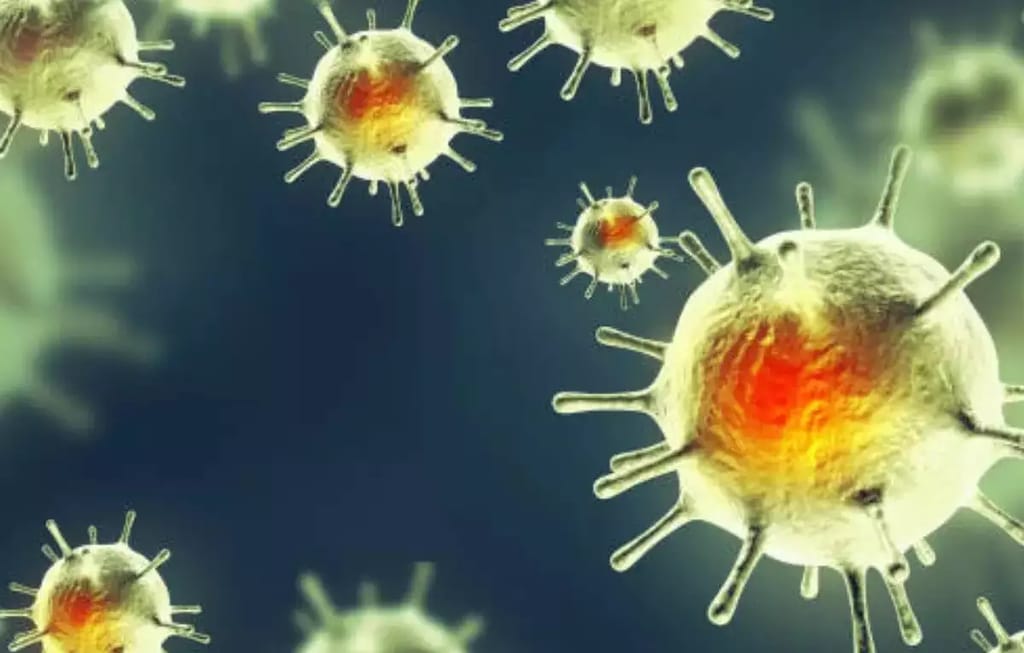
It is a well-known truth that some of the most lethal diseases that have affected humanity were caused by infections that crossed species boundaries. For example, the AIDS virus began in chimpanzees, while COVID-19, which compelled people all around the world to isolate for nearly two years, is thought to have originated in bats. However, a new study has found that this transmission is not one-way, and people may be infecting animals more than they infect us. After analyzing millions of viral genome sequences, scientists discovered that people transmit approximately twice as many viruses to animals as we receive from them.
According to Reuters, the study, published in the journal Nature Ecology & Evolution, looked at almost 12 million virus genomes and found nearly 3,000 cases of viruses breaking the species barrier. Around 79% of these transmissions, or around four-fifths, entailed a virus spreading from one animal species to another, with humans accounting for the remaining 21%. Surprisingly, of this 21%, 64% (or almost two-thirds) were human-to-animal transmissions (anthroponosis), while only 36% were animal-to-human transmissions (zoonosis). Human infections have been discovered to affect a wide range of animal species, including pets like cats and dogs, farmed animals like pigs, horses, and cattle, birds like chickens and ducks, and primates such as chimps, gorillas, and howler monkeys. Infections also plagued wild animals like raccoons, the black-tufted marmoset, and the African soft-furred mouse.
Wild animals, in particular, were more susceptible to human-to-animal transmission
Wild animals, in particular, were more susceptible to human-to-animal transmission. Cedric Tan, the study’s principal author and a doctorate student in computational biology at the University College London Genetics Institute, commented, “This really highlights our enormous impact on the environment and the animals around us.” Numerous microorganisms live on humans and animals and can spread to other species through intimate contact. The study looked at viral transmissions in all vertebrate groups, including mammals, birds, reptiles, amphibians, and fish. Tan went on to say, “Viruses can jump between different species via the same modes of transmission that apply to humans, including direct contact with infected fluids, or getting bitten by other species, amongst others.”
“However, before a virus can jump into a new host, it must either already possess the biological toolkit, or acquire host-specific adaptations, to enter the cells of the new host species and exploit their resources,” he added. Francois Balloux, director of the UCL Genetics Institute and study co-author, added, “The vast majority of pathogens circulating in humans have been acquired from animals at some point in time.” He added that many species-to-species transmissions are inconsequential, and “lead nowhere”. However, in other cases, “the virus can start circulating, causing a disease outbreak, an epidemic, a pandemic or even establishes itself into an endemic pathogen.”